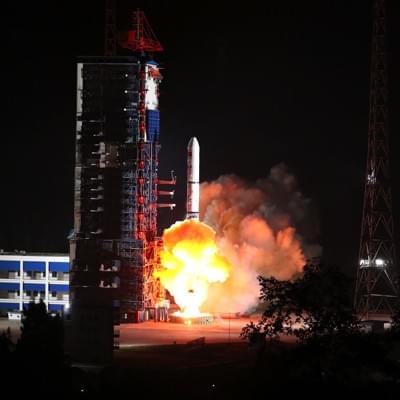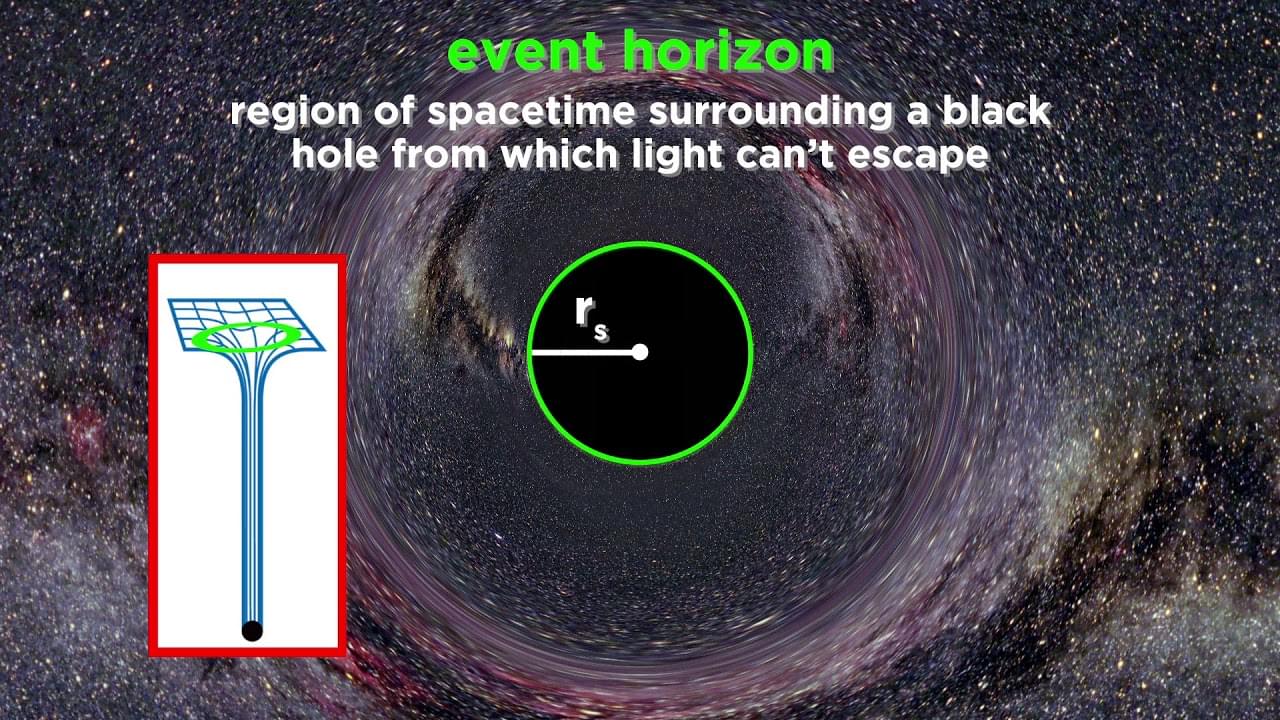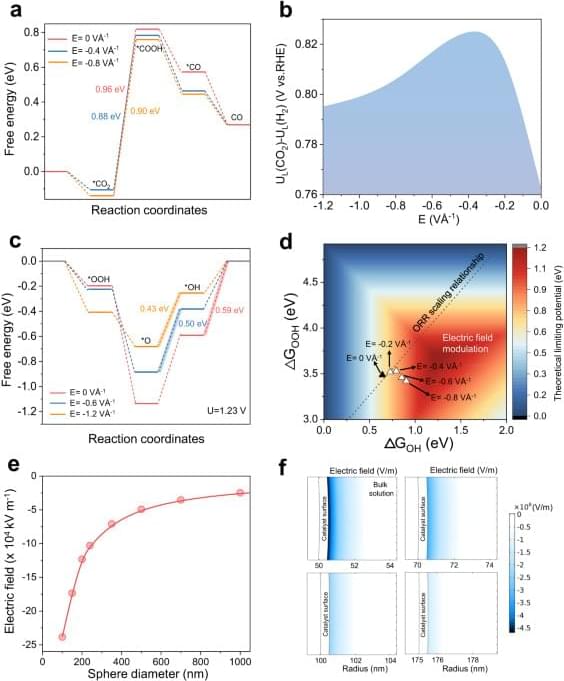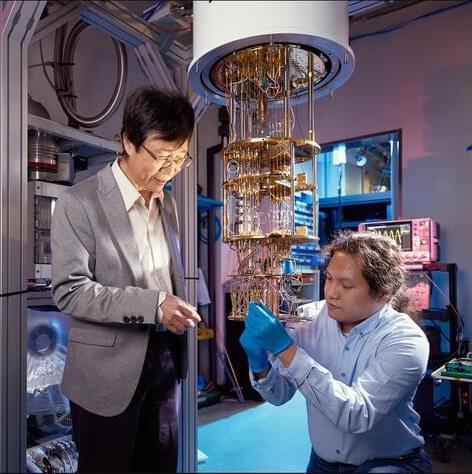Tesla has built several charging posts into a parking lot at its Gigafactory Berlin-Brandenburg, and the company says they’re free and open to the public.
Scientists have identified a region in the Milky Way capable of accelerating particles to super-high energy levels.
A recent rocket launch lofted satellites for a Chinese constellation mimicking that of SpaceX, which was slammed this weekend by a top U.S. lawmaker.
Modulating interfacial electric fields provides a means to control electrocatalyst activity for a broad range of reactions. Here the authors show that this can be achieved by tuning the nanocurvature of carbon supported single-atom catalysts.
Academia Sinica has achieved a significant milestone in the field of computing with the successful development of a 5-bit superconducting quantum computer in Taiwan, marking a notable advancement in quantum technology. This accomplishment positions Taiwan as a key contributor to quantum computing research and development on the global stage.
In an interview with EE Times, Chii-Dong Chen, the principal investigator of Academia Sinica’s research team, emphasized the pivotal role of international collaboration in advancing Taiwan’s quantum technology research and development agenda.
Under the leadership of Chii-Dong Chen and with support from the National Science and Technology Council, Academia Sinica has demonstrated exceptional proficiency in pushing the boundaries of quantum computing technology. Through partnerships with various international teams, Taiwan has established academic collaborations to facilitate the exchange of knowledge and best practices, as well as provide access to resources, expertise and funding opportunities essential for driving innovation in quantum technology.
A strange phase of matter that previously existed purely in the realm of theory has finally been detected in a real material.
It’s known as the Bragg glass phase – a strange, seemingly paradoxical arrangement of atoms in a glass material where the particles are nearly as ordered as those in a perfect crystal. Scientists weren’t even sure Bragg glass existed, but there it was, hiding in an alloy of palladium inserted between layers of terbium and tellurium (PdxErTe3).
The discovery, led by physicist Krishnanand Mallayya of Cornell University and published in Nature Physics, not only sheds light on the way materials can behave but demonstrates a powerful new set of techniques for probing the atomic structures of exotic materials.









